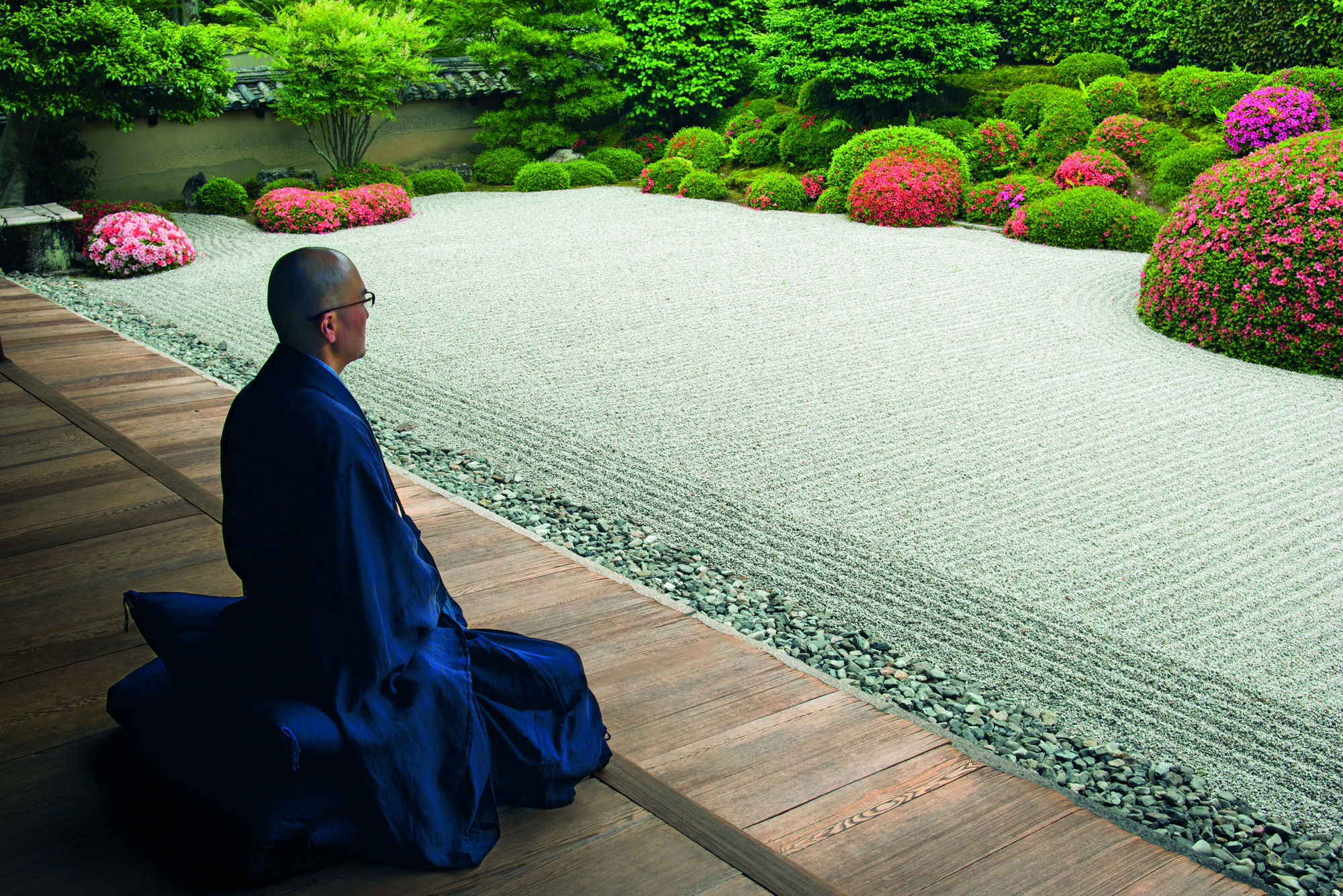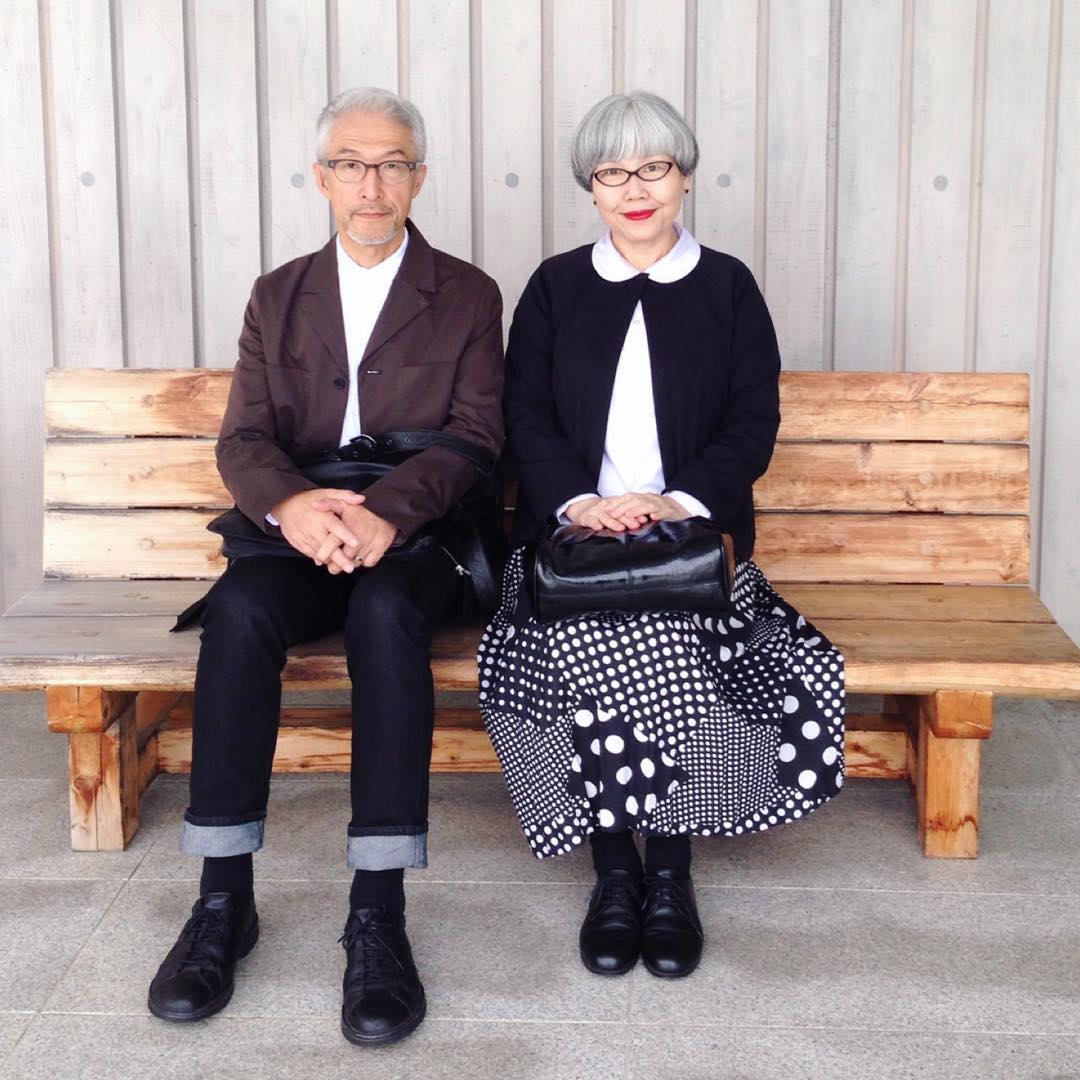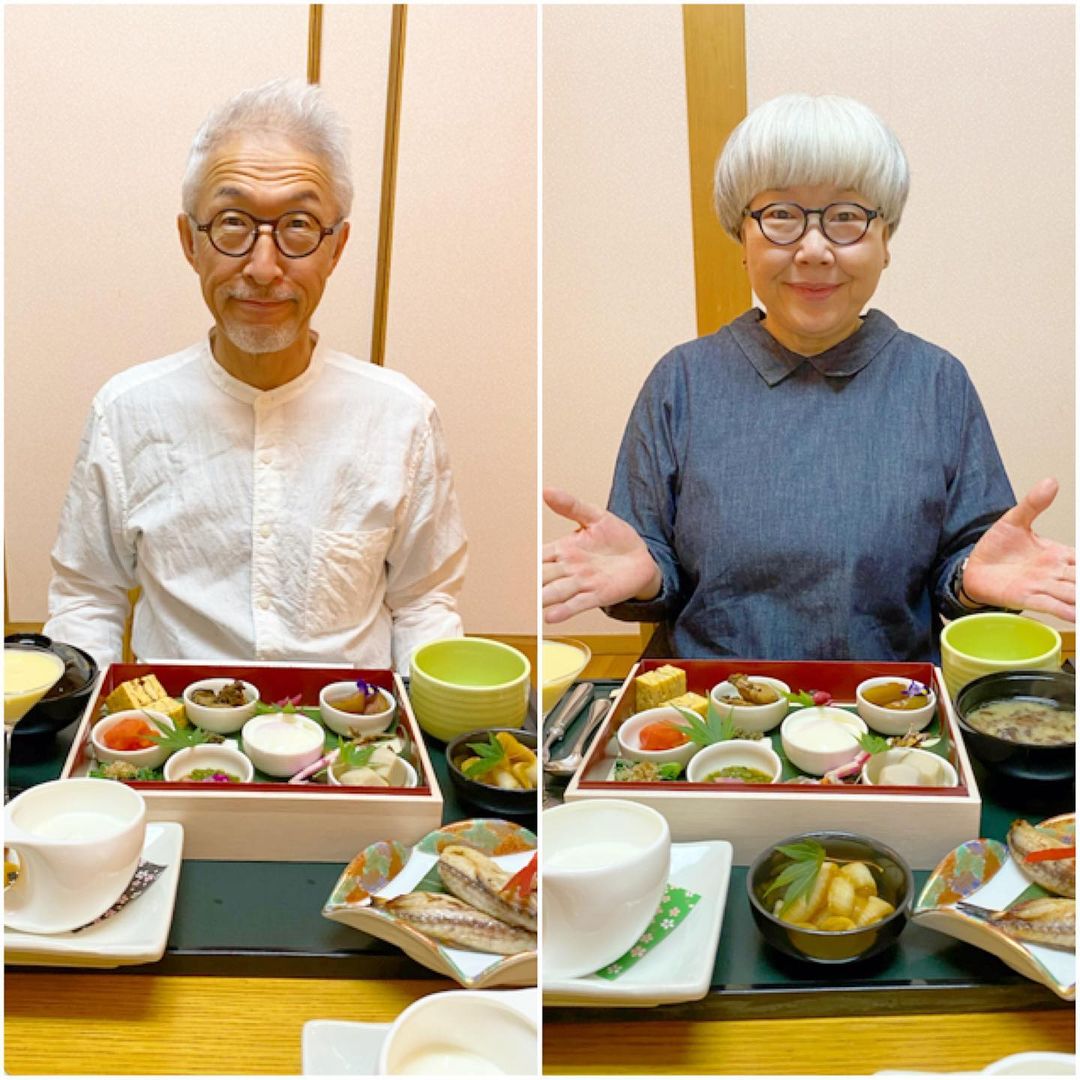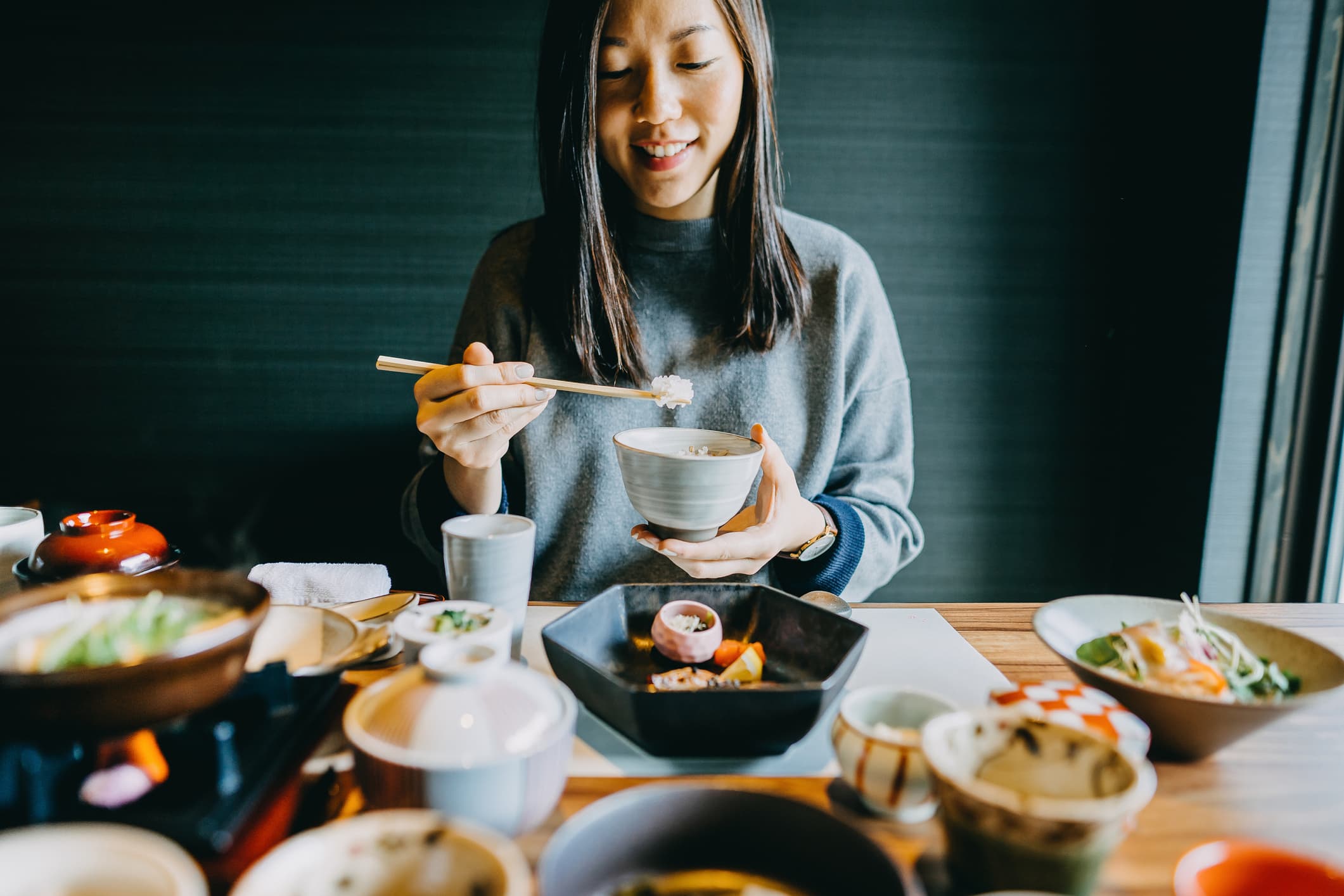Eat and Drink Japanese, Live Healthier and Longer!

· Japan – the Land of the Rising Sun – evokes both tradition and modernity.
From Zen landscapes to neon cities, visitors feel like they’ve been teleported into a medieval past or a cyberpunk future.
Japanese life expectancy is famously the longest in the world. But what is the best-kept secret of this longevity?

Japan: Exceptional life expectancy
Japan has the highest life expectancy at birth among the G7 countries, especially for women. Here are the 2020 data published by the Organization for Economic Cooperation and Development (OECD):
- Japan (women): 87.7 years
- Canada (women): 83.9 years
- Japan (men): 81.6 years
- Canada (men): 79.7 years
And what about when we compare the healthy life expectancy of the 2 countries? There is a similar trend according to 2019 OECD data.
- Japan: 74.1 years
- Canada: 71.3 years
What accounts for this longevity?
People live longer in Japan than in Canada mainly because there are fewer deaths from coronary heart disease and cancer (especially breast and prostate cancer) in this country.
This lower mortality is partly due to the traditional diet and low obesity rate. In Japan, the obesity rate is low (4-5%), whereas in Canada, 25-26% of adults are obese. Obesity is a major risk factor for both coronary heart disease and several types of cancer.
What is the Japanese diet like?
Less red meat, more fish
The population of Japan consumes on average half as much meat as the population of Canada. Most importantly, there is less red meat on the menu. In Japan, people also eat twice as much fish and seafood.
As a result, they consume less saturated fat and more omega-3 fatty acids, both of which are associated with a reduced risk of coronary heart disease.
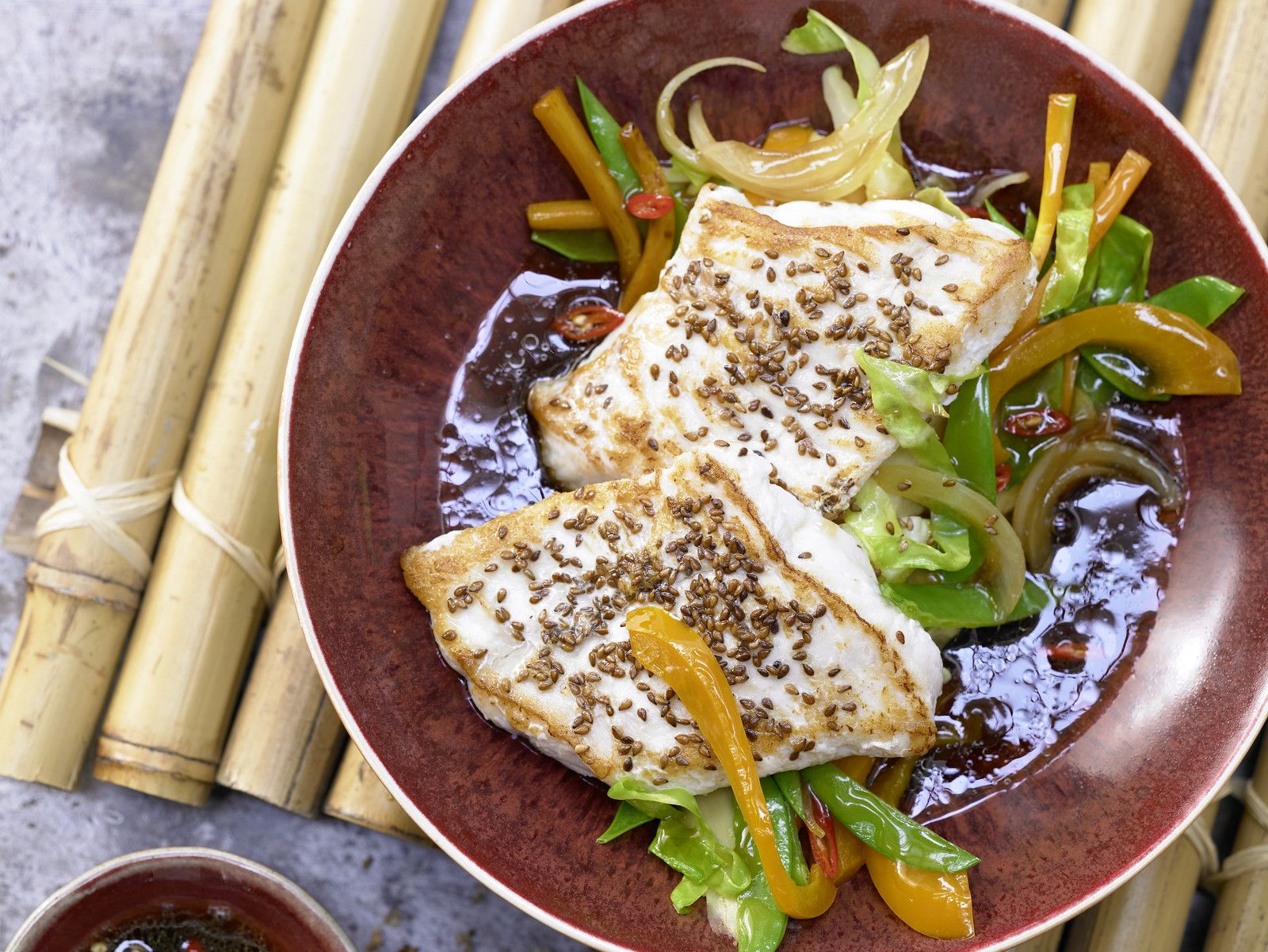
More soy
The Japanese diet places a lot of emphasis on soy. Edamame, miso paste, milk, tofu… These are all ways to consume soy and the isoflavones it contains. These molecules have anti-cancer properties and are beneficial for cardiovascular health. Studies conducted in Asia have shown an association between the consumption of isoflavones and a reduced risk of breast and prostate cancer.
In Canada, these products are starting to get known, and tofu, miso paste and edamame are available in most supermarkets.
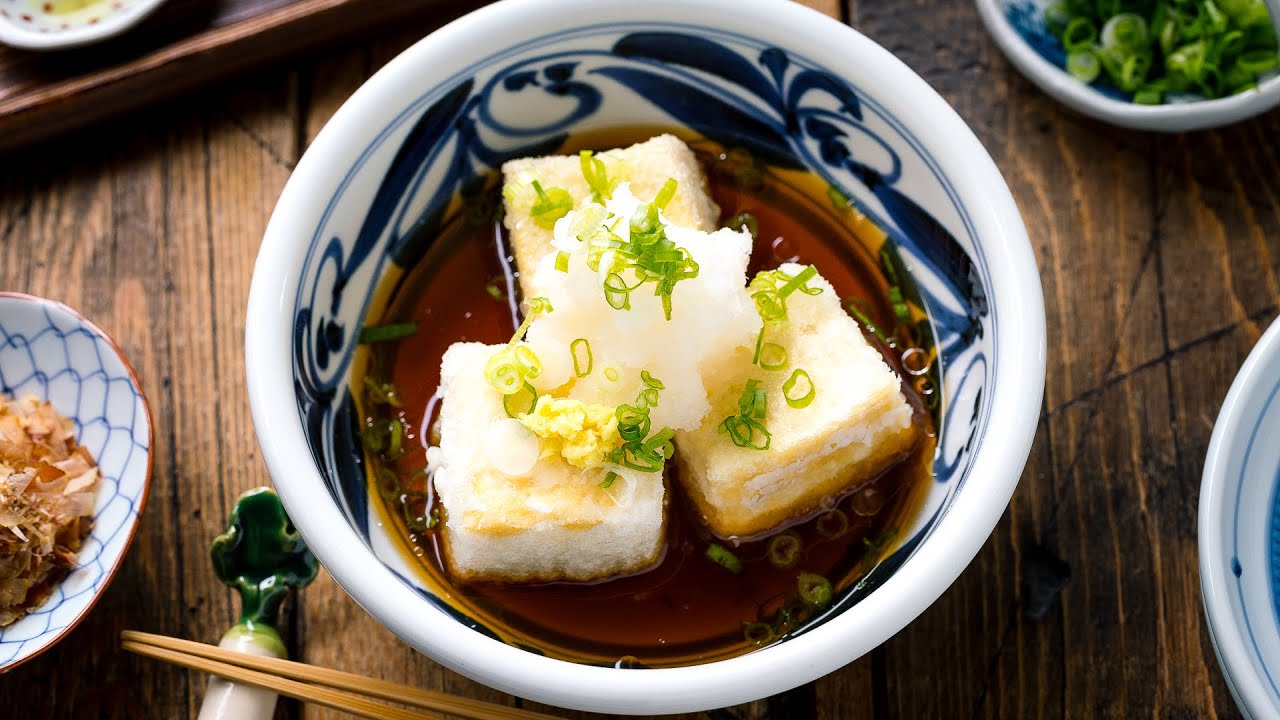
More green tea
A good cup of green tea, without added sugar, is quite customary in Japan. Studies have shown that regular consumption of green tea is associated with a decreased risk of death from heart disease in the Japanese population.
I, for one, highly recommend buying your tea from Camellia Sinensis, whose Montreal flagship store has been completely remodeled to transform the tea experience for its customers.
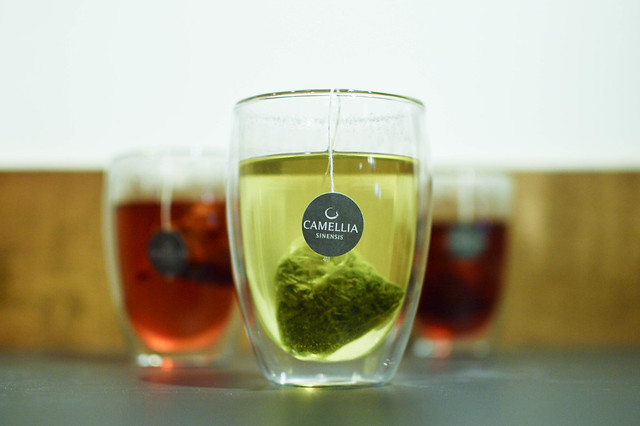
Low sugar
In Japan, people eat more plant-based foods and less added sugar. This feature of their diet is partly responsible for the lower rate of obesity and associated diseases.
A look at the traditional Japanese breakfast of rice, puffed omelette or grilled fish, miso soup, pickled vegetables and green tea illustrates the differences between Japanese and Canadian eating habits.
Reducing salt content
The life expectancy of the Japanese population has increased dramatically since the 1960s, mainly due to a decrease in salt consumption, which was associated with high mortality from stomach cancer and cerebrovascular disease.
Despite this, too much salt is still consumed today (9.5 g/day). Health Canada recommends a daily salt intake of 3.75 g and not to exceed 5.75 g.
Westernization of Japanese food
Sadly, nowadays, the influence of the West is more and more felt in the diet of the land where the sun rises. The population of Japan tends to abandon its diet based on the consumption of plant-based foods, rice and fish. They are eating more animal-based foods, oils, processed red meat, bread, dairy products and sugar.
Will their health and life expectancy suffer? It will take a few decades before we know.
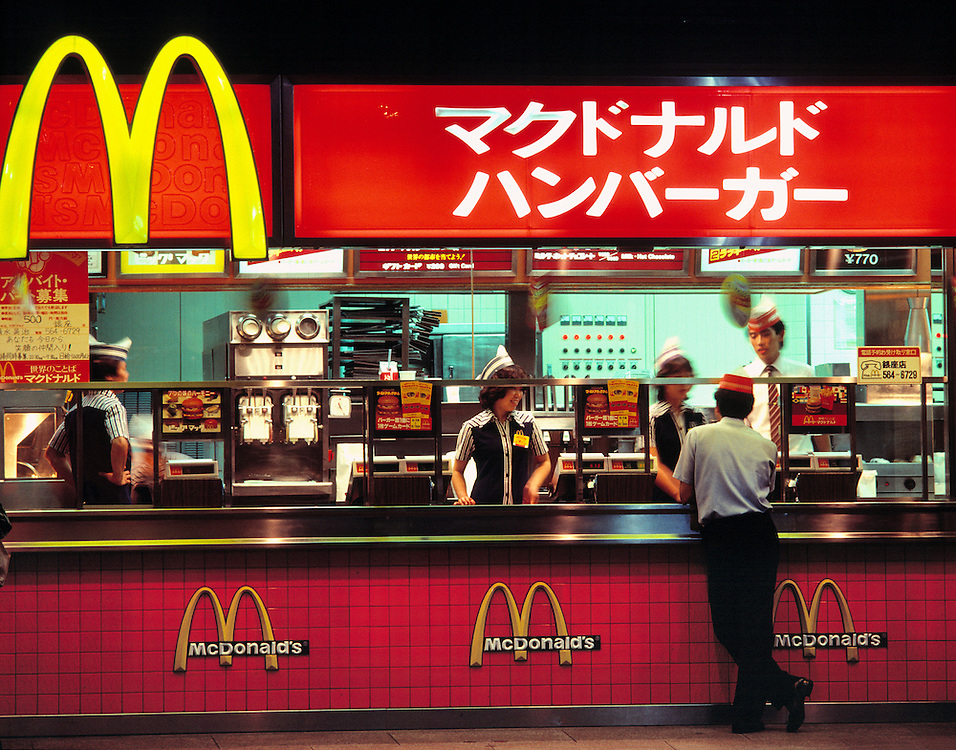
Enjoying the virtues and pleasures of the Japanese diet
The traditional Japanese diet may seem very different from ours, but its main principles are not foreign to us. Opting for fish, making more room for plants, varying our protein sources to include more soy, it’s all within reach!
By enjoying a green tea or a miso soup, for example, we are offering ourselves health benefits and a trip for our taste buds!
This translated article is adapted from a text originally published at observatoireprevention.org. The studies from which the above results are drawn are described in more detail in the original article.

